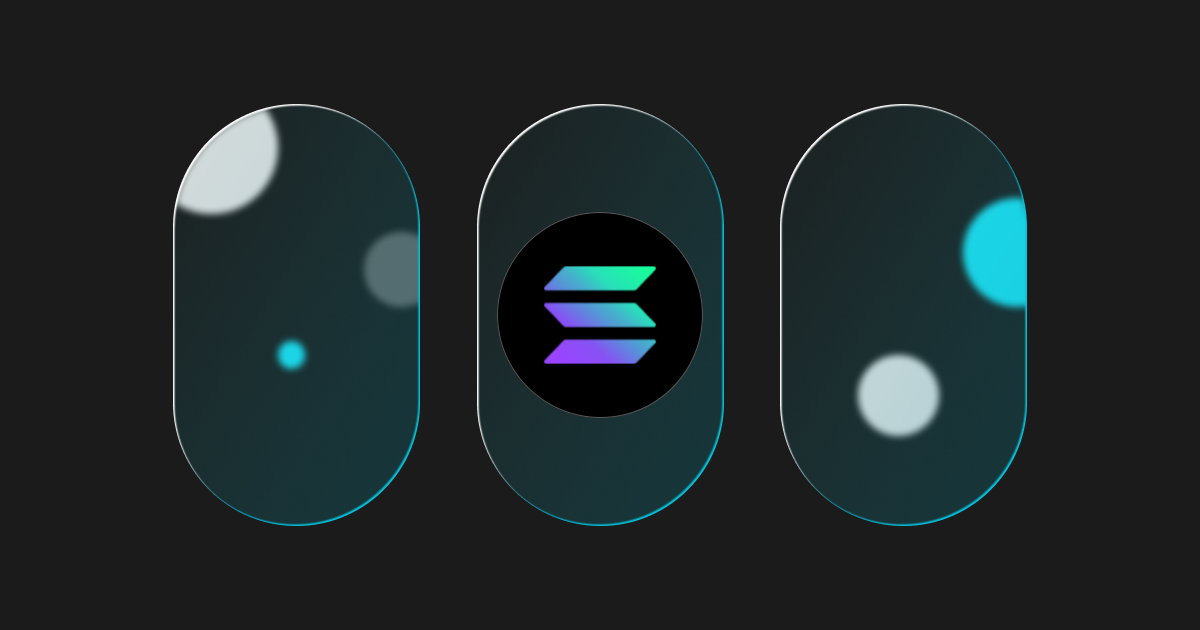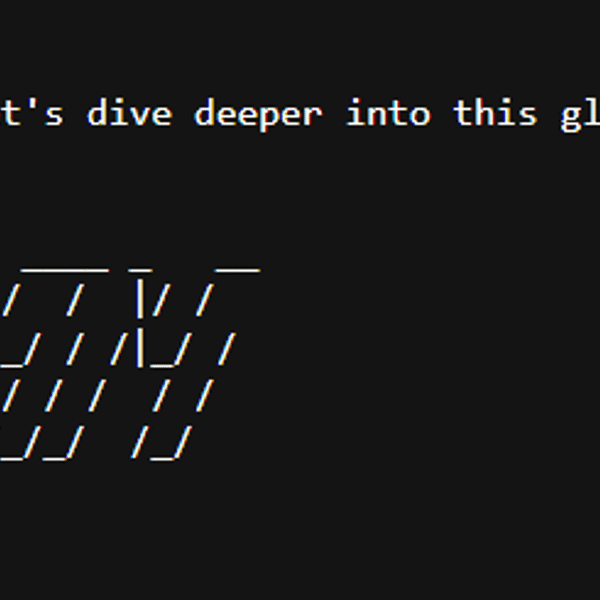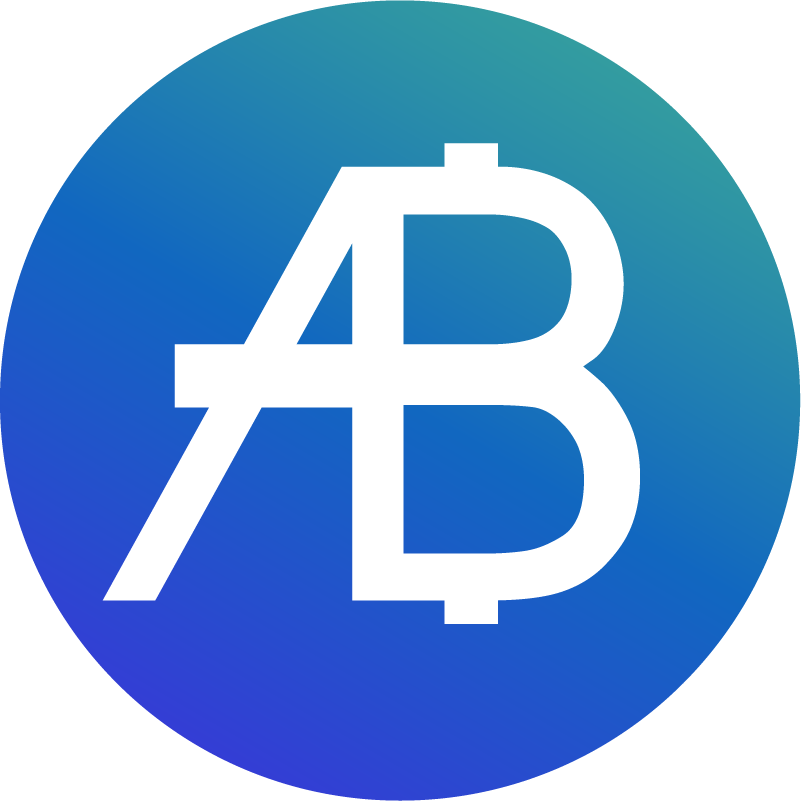ETH Price Prediction: What Will Ethereum Be Worth in 2030?
Ethereum has come a long way from being just another altcoin. Today, it powers trillions in transaction volume, serves as the foundation for stablecoins, DeFi, and tokenized assets, and is gaining serious traction among institutional investors. Some even call it the backbone of the new internet of value. With billions locked, traded, and staked on its network, Ethereum is no longer a speculative experiment — it's becoming core infrastructure.
But with all this growth, one question keeps popping up: What will Ethereum be worth in 2030? Will it reach $10,000? $20,000? Even higher? In this article, we’ll explore where Ethereum stands now in 2025, dive into bold predictions and powerful market forces, and uncover the opportunities — and risks — that could shape its price over the next five years.
Ethereum Today: The 2025 Snapshot
Ethereum (ETH) Price
Source: CoinMarketCap
As of mid-2025, ETH is trading in the $2,600–$2,800 range, up approximately 45–65% year-to-date. It recently broke above $2,800 after a strong technical rally, rekindling bullish sentiment. This price action follows several key upgrades that have reshaped Ethereum’s structure and economics.
Since the Merge in 2022 shifted Ethereum to proof-of-stake, the network has seen major milestones. The Shapella upgrade in 2023 enabled withdrawals of staked ETH, while Dencun (March 2024) introduced proto-danksharding, cutting Layer-2 gas fees by up to 75%. However, it also reduced ETH’s burn rate, ending the network’s brief deflationary phase. In May 2025, the Pectra upgrade raised validator caps from 32 to 2,048 ETH, enabled account abstraction (e.g., gasless wallets), and expanded per-block data availability for rollups. Together, these upgrades are building the infrastructure for a more scalable, user-friendly Ethereum.
Meanwhile, institutional adoption is accelerating. U.S.-listed spot ETH ETFs have added over 97,000 ETH in the past month, raising total holdings to 3.77 million ETH. BlackRock’s iShares Ethereum Trust alone holds around 1.5 million ETH, or over $4 billion. On-chain, staking has reached a record 34.65 million ETH, accounting for 28.7% of the total supply. Futures open interest on CME now makes up 72% of global ETH derivatives, indicating deep institutional participation. While some metrics like daily transactions and gas usage have dipped slightly, market momentum is rising. I
How High Can Ethereum Go by 2030?
What will ETH be worth five years from now? Predictions range from the cautiously realistic to the wildly optimistic — but one thing is clear: Ethereum’s long-term valuation depends on adoption, innovation, and investor confidence.
Some of the most well-known financial firms have published detailed models. One leading asset manager set a “base case” target of $22,000 per ETH by 2030, assuming steady growth in Ethereum-based cash flows from sectors like fintech, AI, and gaming. In a more conservative projection, they estimated a base value around $11,800, with a bull-case scenario reaching above $50,000. Bitwise, another prominent crypto asset manager, forecasts ETH reaching $14,000 by 2030 based on mobile internet adoption curves. Meanwhile, crowd-sourced research platforms and analysts often point to a target around $12,000–$15,000, with bullish scenarios envisioning prices as high as $25,000 or more.
What drives these numbers? Most models focus on Ethereum’s growing role in DeFi, tokenization, and Layer-2 infrastructure. They often apply principles like Metcalfe’s Law, which suggests a network’s value grows exponentially with user adoption. While ETH doesn’t follow Bitcoin’s stock-to-flow logic due to its flexible issuance, its staking economy, transaction fees, and protocol upgrades give analysts plenty to work with. The consensus? A realistic range for Ethereum in 2030 may lie somewhere between $10,000 and $30,000 — but if Ethereum captures even more of the global digital economy, that ceiling could rise much higher.
6 Key Drivers That Could Push ETH to New Highs
Ethereum’s price in 2030 won’t just depend on hype — it will be shaped by real-world adoption, technical progress, and evolving investor behavior. Below are the key forces most likely to push ETH upward in the coming years:
1. Network Adoption
Ethereum processes trillions in value annually and supports over 20 million monthly active users. As more users and developers build on Ethereum — especially in DeFi, NFTs, and gaming — demand for ETH rises. The more value that flows through the network, the higher the incentive to hold and use ETH.
2. Staking and Supply Dynamics
Nearly 29% of all ETH is now staked, reducing liquid supply. Add in ongoing fee burning (introduced by EIP-1559), and Ethereum becomes a semi-deflationary asset. As staking grows and activity increases, available ETH could become scarcer — supporting long-term price growth.
3. Scalability and Upgrades
Ethereum’s roadmap includes rollups, danksharding, and full account abstraction — all aimed at making it faster, cheaper, and more user-friendly. The 2025 Pectra upgrade already improved throughput and wallet functionality. Future upgrades like The Surge will further unlock network potential.
4. DeFi and App Ecosystem Growth
Ethereum dominates DeFi, currently holding around $63 billion in total value locked (TVL). As financial apps, NFTs, and tokenized assets expand, Ethereum becomes the base layer for a new internet economy — driving sustained demand for ETH as gas and collateral.
5. Institutional Adoption and Regulatory Clarity
With ETH ETFs now approved and institutions like BlackRock investing billions, Ethereum is gaining mainstream legitimacy. As regulations become clearer around staking, stablecoins, and DeFi, more conservative capital may flow in — accelerating ETH accumulation.
6. Macro Trends and Emerging Use Cases
ETH staking offers yields of 4–6% annually, making it attractive in low-rate environments. Plus, Ethereum could play a central role in AI, IoT, and smart cities — from machine-to-machine payments to decentralized identity systems. These trends could unlock entirely new sources of ETH demand.
What Could Stop ETH From Reaching Its Full Potential?
While Ethereum’s future looks promising, no investment is without risks. Here are the key roadblocks that could limit ETH’s rise — or send it off course:
1. Fierce Competition
Ethereum faces pressure from faster, cheaper Layer-1s like Solana, Avalanche, and Cardano. If these chains capture developer mindshare or host breakout apps, Ethereum’s dominance in DeFi and NFTs could weaken.
2. Upgrade Delays or Failures
Ethereum’s roadmap is ambitious. But with complexity comes risk — testnet failures (like those seen during the Pectra rollout) remind us that even small bugs can delay adoption. If sharding or rollups stumble, scalability bottlenecks may persist longer than expected.
3. Regulatory Uncertainty
Positive momentum in the U.S. could shift quickly. Harsh new rules around staking, DeFi, or wallet KYC could slow Ethereum’s growth — or push activity offshore. Global inconsistency in crypto policy also adds uncertainty for developers and investors alike.
4. Security Breaches
While Ethereum’s base layer has remained secure since the 2016 DAO hack, vulnerabilities in smart contracts, bridges, or client software still pose threats. One major exploit in the wrong protocol could shake investor confidence, even if it’s not Ethereum’s fault.
5. Market Volatility and Liquidity Crises
Crypto markets are notoriously emotional. In a major risk-off environment, even Ethereum’s strong fundamentals might not protect it from sharp drawdowns. Liquidity shocks could also mute bullish momentum, especially if large stakers or institutions begin to unwind positions.
6. User Migration to Layer-2s
Ironically, Ethereum’s own scaling solutions might reduce on-chain ETH demand. As more users and apps move to cheaper Layer-2s, base-layer transaction fees (and ETH burn) could decline, weakening price-supporting mechanisms like deflation and validator rewards.
Ethereum in 2030: Real-World Use Cases That Could Drive ETH Price
By 2030, Ethereum could be deeply embedded in everyday life — far beyond just DeFi or NFTs. It may serve as the backbone of global finance, settling tokenized stocks, real-world assets, and trillions in stablecoin transactions. Banks and governments could use Ethereum to automate supply chains, run programmable payments, or issue regulated digital securities. At the same time, Ethereum’s smart contracts could power decentralized identity systems, allowing users to log in, verify credentials, or access services — all with blockchain-based trust.
Meanwhile, Ethereum might quietly run the infrastructure of future tech: smart cities, AI systems, and IoT devices could use it to exchange data and value in real time. Gaming and metaverse platforms may rely on Ethereum to handle digital ownership, from avatars to land plots, making ETH essential in immersive economies. Even if the future becomes multi-chain, Ethereum could remain the coordination layer — the trust anchor and value settlement system others connect to. In short, Ethereum’s utility may expand in ways we haven’t fully imagined — and that long-term potential could be a powerful price driver.
Conclusion: Is ETH a Buy-and-Hold Until 2030?
Ethereum has built a powerful foundation: it dominates DeFi, supports a booming Layer-2 ecosystem, and attracts serious institutional capital. With nearly a third of its supply staked and major upgrades like Pectra unlocking new capabilities, Ethereum is no longer just a speculative asset — it’s evolving into essential infrastructure for the digital economy. Most expert forecasts place ETH between $10,000 and $30,000 by 2030, and some believe it could go even higher if adoption accelerates.
Still, challenges remain — from fast-moving competitors to regulatory curveballs. But for long-term investors who believe in decentralization, programmability, and the value of digital trust, Ethereum stands out as a high-potential, high-conviction bet. The question isn’t just how high ETH could go — it’s this: If Ethereum becomes the foundation of Web3, will you be glad you invested early — or wish you had?
Register now and explore the wonderful crypto world at Bitget!
Disclaimer: The opinions expressed in this article are for informational purposes only. This article does not constitute an endorsement of any of the products and services discussed or investment, financial, or trading advice. Qualified professionals should be consulted prior to making financial decisions.
Bitget Academy2025-06-16 13:02




































































































![BitTorrent [New]](https://img.bgstatic.com/multiLang/coinPriceLogo/c87b5c29752b2123cca40f4dd2c6b6501710522527061.png)









































